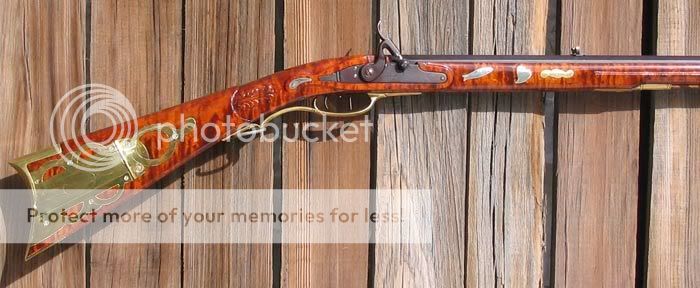SimonKenton
50 Cal.
- Joined
- Dec 25, 2004
- Messages
- 1,250
- Reaction score
- 0
I read that the Bedford rifles were made almost to the 20th Century in percussion. When did they really start to emerge in the flint period? Most are droopy looking and have fairly long barrels up to 46" if I'm not mistaken.
Since they seem to be late flint rifles is it safe to assume that most ranged from about .36 to .45 caliber? Would .50 caliber be an exception and if you build one should it be in a "C" or "B" weight?
-Ray
Since they seem to be late flint rifles is it safe to assume that most ranged from about .36 to .45 caliber? Would .50 caliber be an exception and if you build one should it be in a "C" or "B" weight?
-Ray









